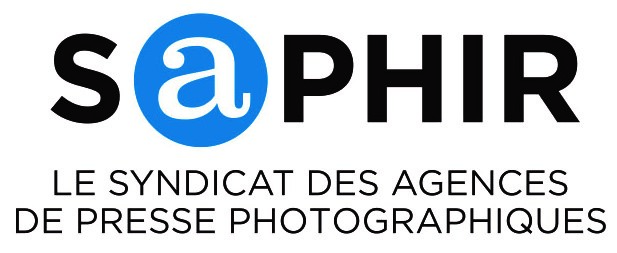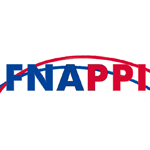The photo industry has always been beset with life threatening challenges. From the beginnings of digitisation through to the wholesale use of social media, creators and their representatives have had to fight for a perch in a business all too easily overrun by those who simply want to make money from other peoples’ talent. Not to mention those who don’t care a jot about quality …..
Now we are surrounded by companies wanting to manage assets – or pieces of ‘content’ – as they were baked beans. Pour them in here, add some sauce, dig around a little and stir. The problem with some of the new breed media types is that they really don’t care what’s in the ‘content’, beyond mining data to make a show of providing ‘asset retrieval’. The only people who really care about what’s in an image or piece of video are creators and those who work in places where there is still some contact with the original producers of the media. And the users, of course.
In that respect, the IPTC and CEPIC together represent a bastion of hope against not only the new media gurus, but also against the ever increasing hordes of tech professionals who are at the very least deeply uninterested in creative rights, and at worst believe that the entire universe of media creation belongs to each and every one of us to mash up and use as we please, without a thought to how the ‘material’ got there in the first place. This world view treats all media in the same way, like a vast amorphous sludge. I may not care if my pic of breakfast round the cafe is reposted a millions times without accreditation, but what if pictures of my children are misused, or a professional shot is used without payment? This affects us all.
The IPTC Conference at Zagreb this year is all about preserving the metadata that distinguishes one picture from the next. How can we keep it attached to the image, not just now but for all time? The IPTC will be reporting on a survey carried out earlier this year to find out whether the information stored in the IPTC fields survives the transition into social media sites. Can we be sure that the attribution and carefully edited information we enter is preserved on these sites? You know the answer, but now, for the second time, it’s official. Repeating the survey first carried out in 2013, the IPTC has found that metadata is still routinely removed from images uploaded to some of the best known social media sites. While there have been a few improvements, some sites did worse this time round than they did in 2013.
Here are the results of the survey www.embeddedmetadata.org/testresults
Do we need reminding why these things are important? It’s not just about copyright, but that’s an important place to start. In some countries it is downright illegal to remove rights information from an image, and anyone who has ever done a Google search for images will know that it’s almost impossible to track a chosen image back to it’s creator, especially if it has passed through social media. But that’s not all. The lack of metadata attached to the image – what we call Strongly Attached Metadata or SAM – means that images are stripped of their meaning and context, so that descriptive information that may help a user make proper use of the image is lost when that image breaks free from its original web site. And that happens all the time, as we know. The IPTC Conference has asked a range of image providers including Reuters and others to discuss how they use social media and how they protect their images in that environment.
Preserving digital data into the future –Digital Preservation – is a topic gaining traction in the heritage industry, where museums and galleries have a public remit to preserve artworks and artifacts in perpetuity. It is dawning on archivists that the digital data on which we all rely is not by any means bullet proof. File formats need support, software changes, hardware wears out and suffers catastrophic breakdown. Pixels can, and indeed do, disappear. Clearly in a world now largely run on digital lines, the issue of digital preservation will affect everyone, from large archives down to individuals storing their family histories on line. So what does all this mean for CEPIC members and the picture industry? The IPTC has invited digital preservation experts from UCL (University College London) to introduce the topic to the conference. The talk will cover the difference between back up and preservation and the workflow stages affected by the need for digital preservation, highlighting the ways this can be done.
The IPTC has for some years been investigating ways to standardise metadata entry for video as well as photo. A working group including experienced professionals from the video industry was formed to work on the issue. Given the multiplicity of formats and schemas this was a challenge, but the group has produced a set of commonly used metadata properties from existing standards, along with a definition of how these can be expressed in a machine readable way. The work of this initiative will be presented at the conference. It’s a great step forward for anyone working in video or in a mixed environment.
Finally, there will be a presentation on the new Heritage Metadata Panel, which allows users to enter and edit metadata in the IPTC heritage fields added to IPTC Extension in 2014. The panel will be available from the IPTC website for free download and should encourage heritage organisations to use the fields specifically relating to artworks and objects in the image.
Its business as usual for IPTC. If there’s a challenge, get out there and do something. When they say, you’ll never change anything, remember the picture agencies not so very long ago. ‘You’ll never get anyone to fill out those fields’. Now the combination of automation (Once only data entry) and human intelligence (the best person, the data you need) means the workflow is powered by metadata. Lets just try to keep it attached.
Sarah Saunders
Registration to the 10th IPTC/ Metadata Conference ALONE (100 €). Click here >







